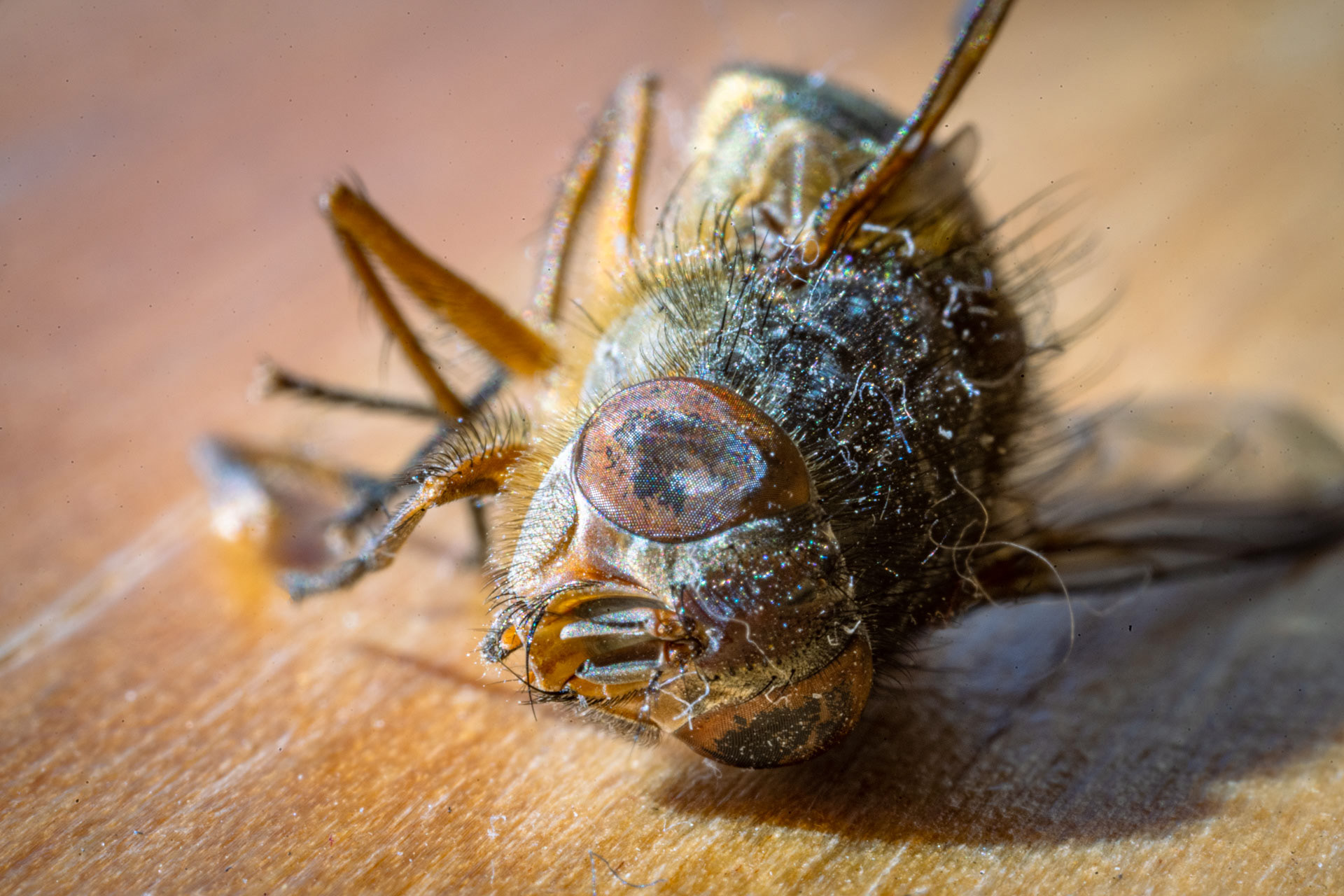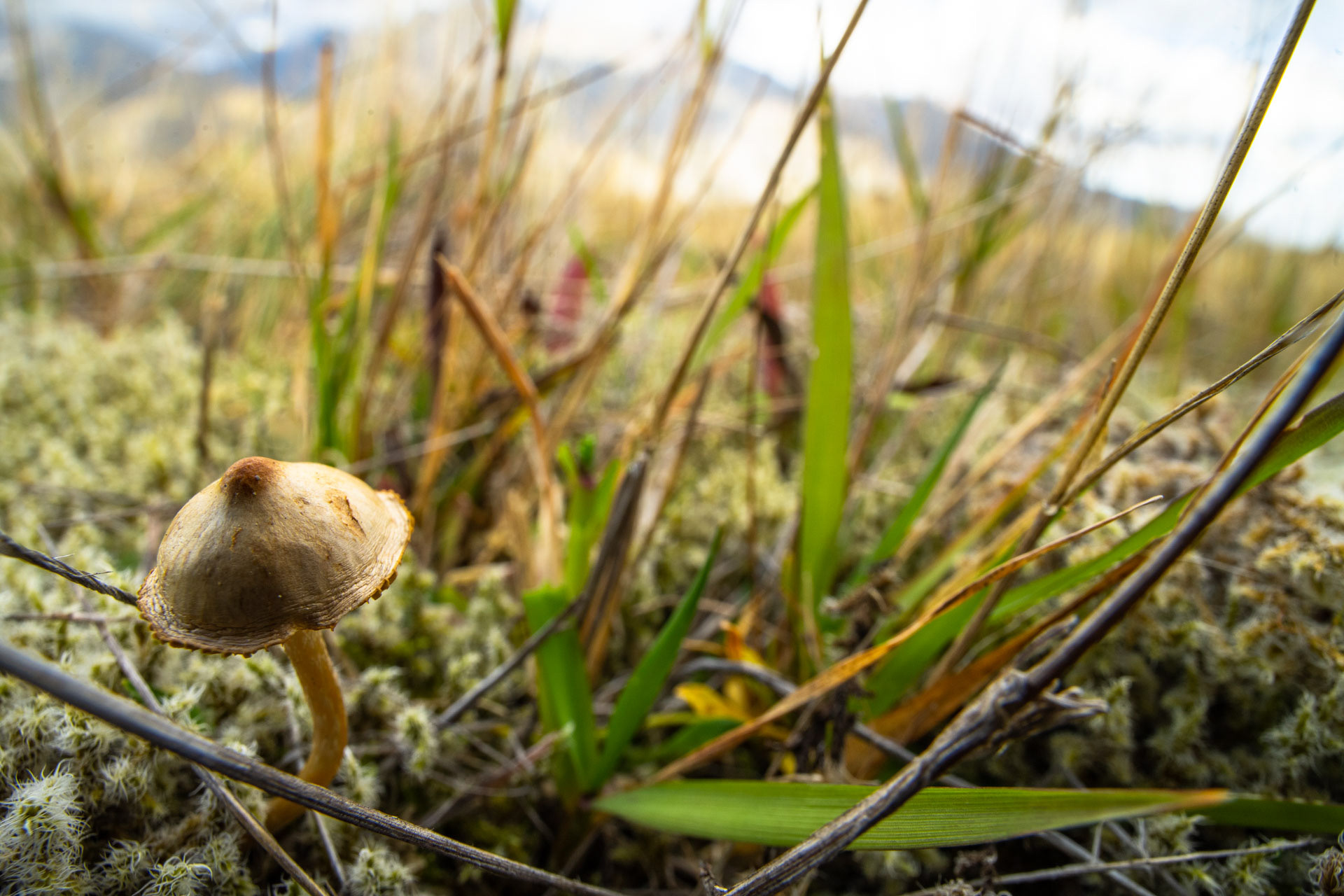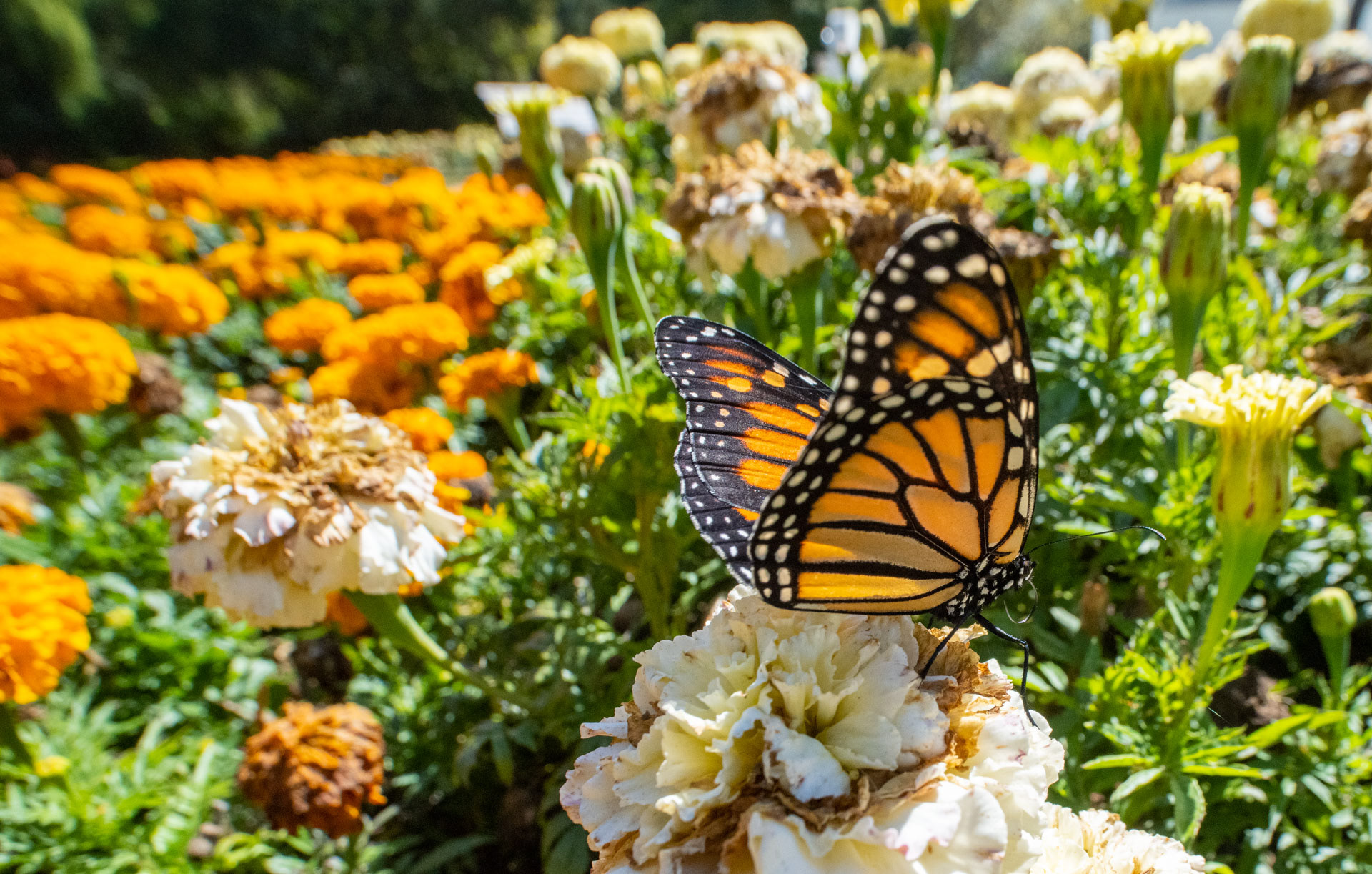Mushrooms are a fascinating and diverse group of organisms found throughout Alaska. They come in all shapes and sizes, and can be found in a wide range of environments, from the dense forests of the southeast to the tundra of the north. Many mushrooms in Alaska are edible and have been traditionally used by Indigenous peoples for food and medicine.
It's important to note that not all mushrooms in Alaska are edible, and some can be toxic or even deadly, so it's important to have a good understanding of mushroom identification before consuming any wild mushrooms.
Mushrooms in Alaska also play an important role in the ecosystem. Many species form mutualistic relationships with trees, providing them with nutrients in exchange for carbohydrates. Other species are decomposers, breaking down dead organic matter and recycling nutrients back into the ecosystem. Because of their diversity and ecological importance, mushrooms in Alaska are a fascinating and important aspect of the state's natural history.
Arachnocampa luminosa, commonly known as New Zealand glowworm, is a species of fungus gnat endemic to New Zealand. The larval stage and the imago produce a blue-green bioluminescence.
Upon hatching, the cylindrical larva immediately begins to glow. When they first emerge they are usually between 3 and 5 millimeters long, and will grow to between 30 and 40mm across several months. The larva may move around on the surface of the cave or bank before selecting a site to begin producing its silk nest.
The larva spins a nest out of silk on the ceiling of the cave and then hangs down up to 30 silk threads along which it regularly places small sticky droplets. Their prey largely include other small Diptera (especially midges) although glowworm living on banks may also trap spiders and other non-flying invertebrates. When prey is entangled in a snare, the larva pulls it up by ingesting the snare and starts feeding on the prey alive.
Robins are very good at finding food and can often be seen hopping around on the ground looking for worms. They will also fly up into trees and bushes to look for fruit and berries. Robins are an important part of the ecosystem and help to control insect populations.
Lichens are unique organisms resulting from a mutualistic relationship between a fungus and an algae or cyanobacterium. They often grow on various surfaces, including rocks, trees, and soil.
Lichens create microhabitats on the surfaces they inhabit. These microenvironments can offer shelter and protection for small insects, providing a suitable place for them to hide from predators and adverse weather conditions.
The purple saxifrage (Saxifraga oppositifolia) is a small, low-growing plant that thrives in cold, temperate to Arctic habitats. It's commonly found in the high Arctic and mountainous areas like northern Britain, the Alps, and the Rocky Mountains.
This hardy plant even holds the record for being one of the northernmost plants in the world, growing on Kaffeklubben Island in north Greenland at 83°N latitude. It's also found at high altitudes, with a record of 4,505 meters (14,780 feet) in the Swiss Alps, making it the highest elevation angiosperm in Europe.
The purple saxifrage has small, rounded leaves and produces solitary purple or lilac flowers that bloom in early spring and continue throughout the summer in areas with later snowmelt. The flowers are edible and are consumed by some animals, like the caterpillars of the cold-adapted Arctic woolly-bear. The Inuit people also eat the flower petals and brew the leaves and stems for herbal tea. The plant is a popular choice for alpine gardens but can be challenging to grow in warmer climates.
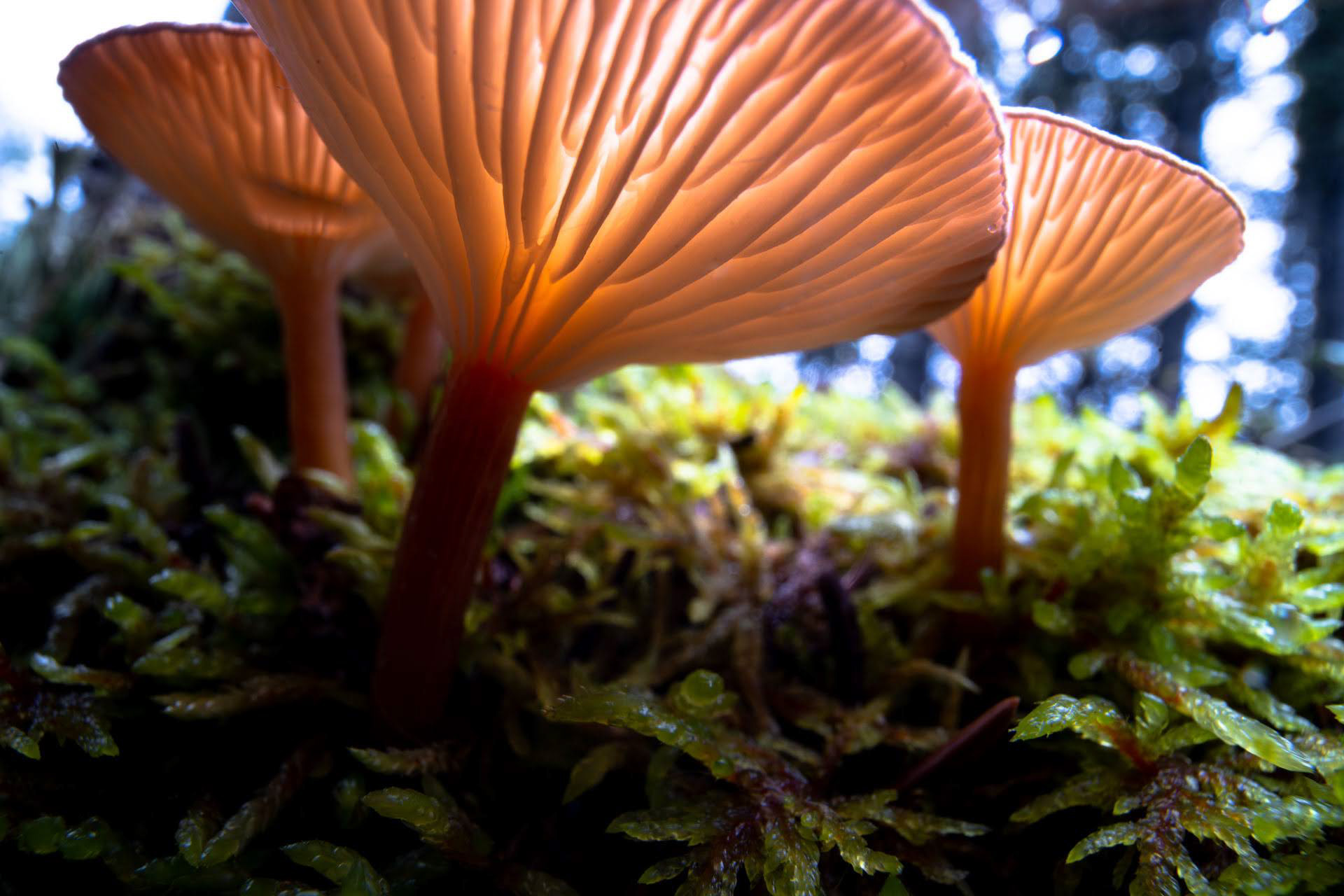

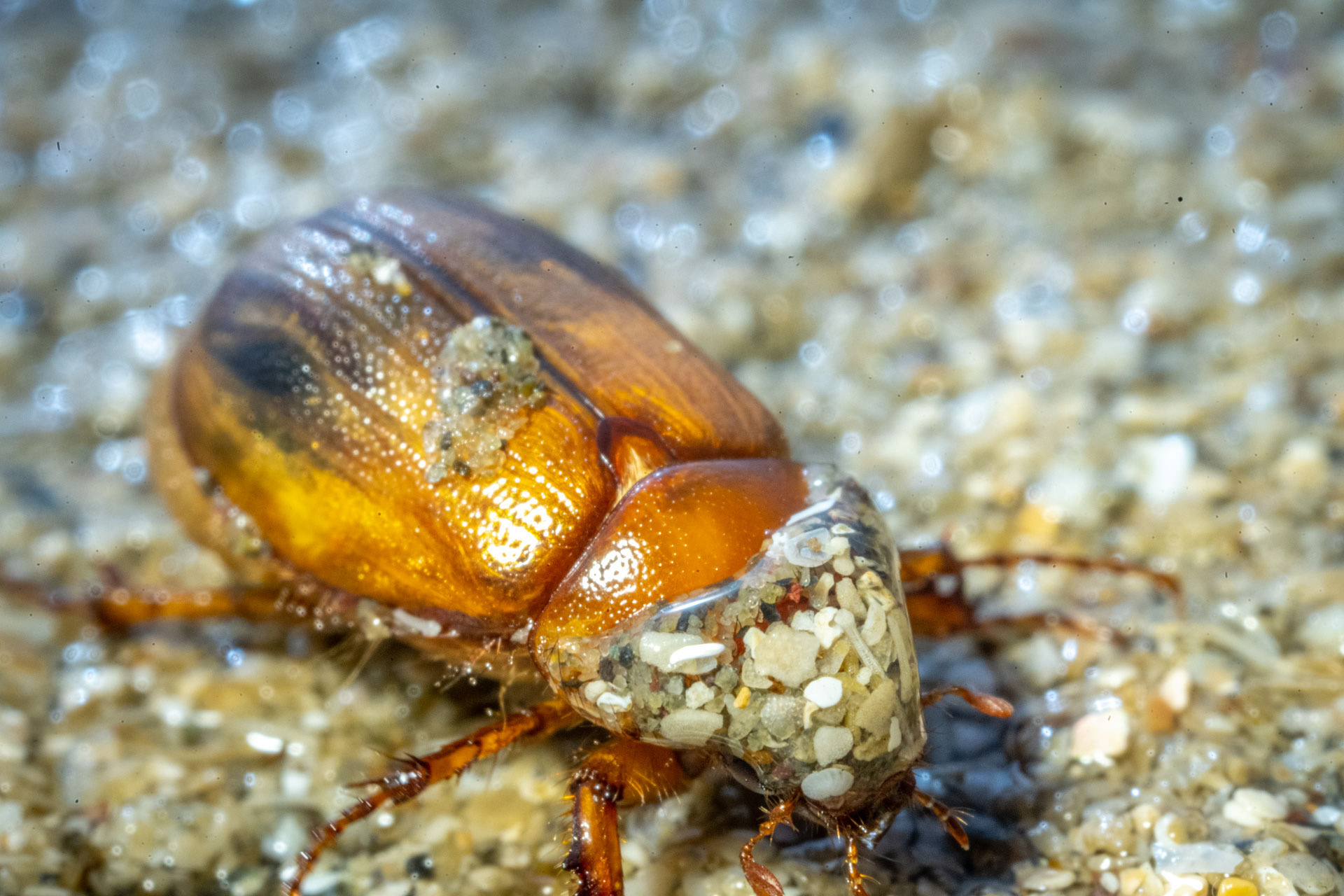
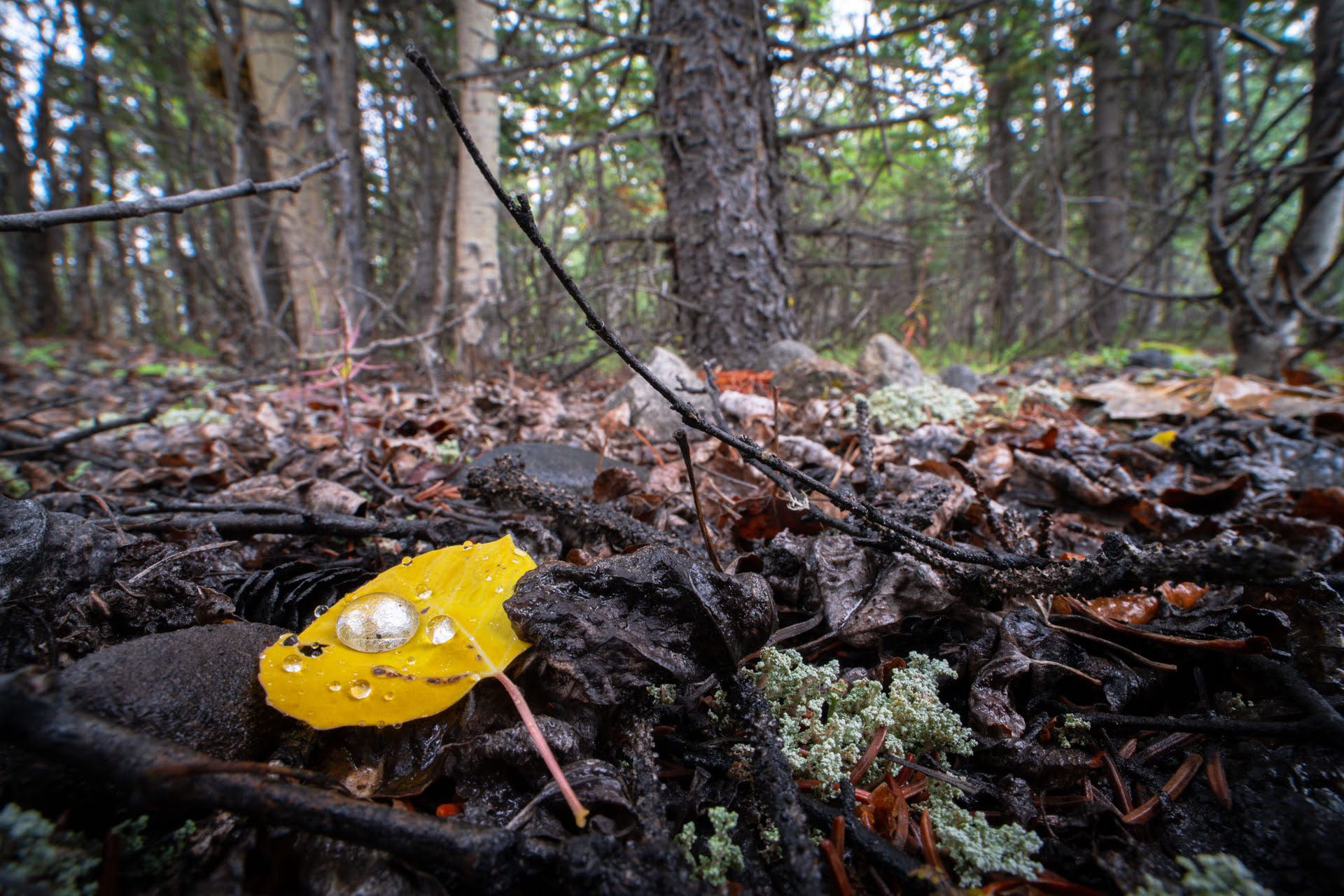

Dragonflies use their four wings in a unique way that enables them to maneuver through the air with incredible speed and agility. Unlike most insects, which have two pairs of wings that move together, dragonflies have two pairs of wings that can move independently of each other. This allows them to adjust the angle and position of each wing, creating a wide range of motion that helps them fly in any direction. Dragonflies also use their wings to perform acrobatic maneuvers in mid-air. They are capable of hovering, flying backwards, and even flying upside down. This agility is due in part to the fact that they can move their wings at different speeds and angles, allowing them to generate lift and thrust in different directions. The four wings of a dragonfly are also important for maintaining stability in flight. By flapping their wings in a coordinated pattern, dragonflies can adjust their position and maintain their balance in the air. They are capable of making rapid adjustments to their wing movements, allowing them to stay on course and avoid obstacles. Overall, the four wings of a dragonfly allow these insects to fly with incredible precision and control, making them one of the most agile and acrobatic flyers in the insect world.



